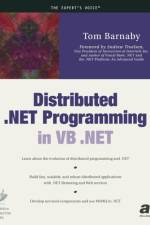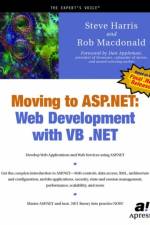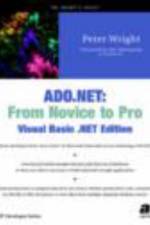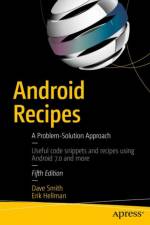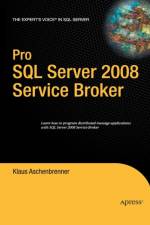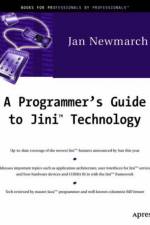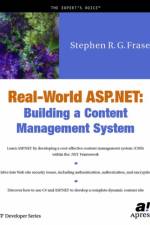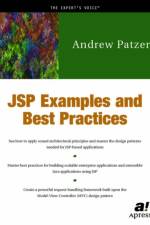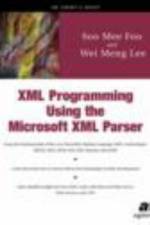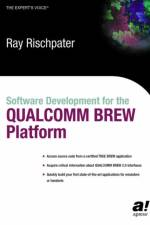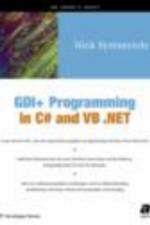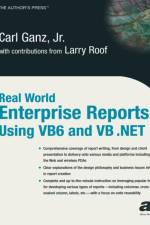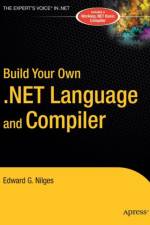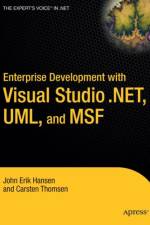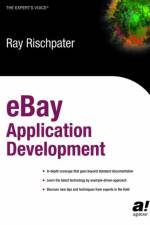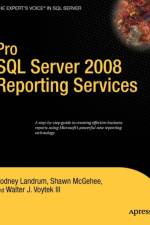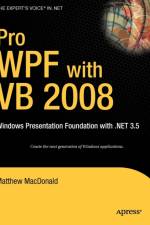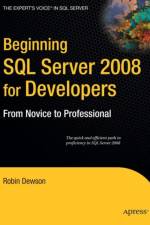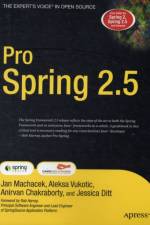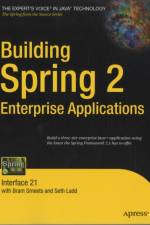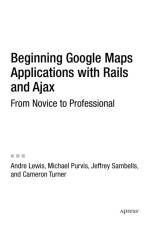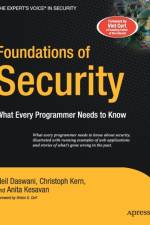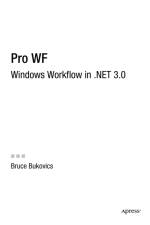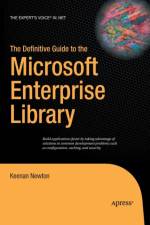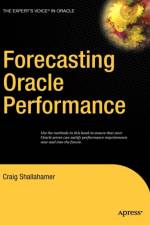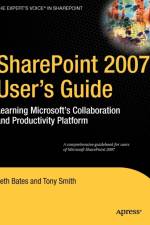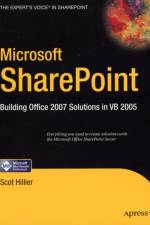av Eric Hansen & Carsten Thomsen
795,-
TODAY, DEVELOPERS ARE continuously being overloaded with new technologies, standards, and tools, which are all being developed to fulfill customer requirements. This puts tough challenges on developers who need to produce modern software, whether it is shrink-wrapped software, enterprise applications, or part of systems integration. Therefore, large vendors like Microsoft put a lot of effort into describing best practices and guidelines for using these new technologies, and how you can use well-proven patterns with them. Because most projects that faH don't faH because of technology issues, focusing on planning, architecture, design, and the devel- opment process will have a positive impact on the success rate of application development projects. Frequently, the disciplines of modeling, testing, and analyzing the running application are only footnotes in projects. Even worse, magazines, Web sites, product documentation, and newsgroups are biased toward code snippets, sampies, and so on. This book describes the "e;enterprise"e; Ca much overloaded term-shouldn't you test a non-enterprise application?) features ofMicrosoft Visual Studio .NET, not only from a product feature view, but also from a general perspective, explaining why you should use them and how. For example, using enterprise templates, you can customize and restrict Microsoft Visual Studio .NET to support the application architecture that your organization has chosen. This way, you can use the devel- opment in a smartway, use new technologies the safe way, and continue to use solid and proven practices in your application development projects.

